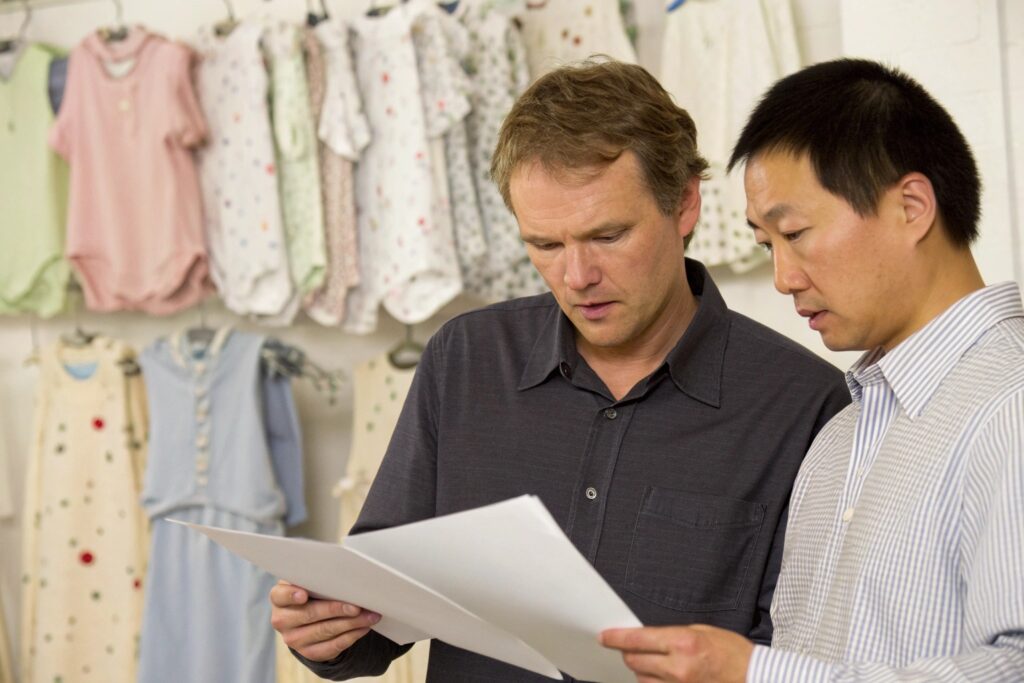With rising import duties, many baby and kidswear brands are searching for ways to lower costs. One option? Tariff exemptions.
Tariff exemptions are available for certain children’s clothing imports under U.S. trade programs, special classifications, and through proper HTS code usage.
In this guide, I’ll show you how to identify opportunities for duty-free entry—and how to qualify for them as a kidswear importer.
What US Trade Programs Offer Duty-Free Kidswear Imports?
Some trade agreements and programs offer reduced or zero-duty access to children’s clothing, depending on country of origin and product compliance.
U.S. trade programs like USMCA, AGOA, and the Jordan FTA allow duty-free kidswear imports when origin rules and documentation requirements are met.

What are the main duty-free programs for kidswear?
| Trade Program | Eligible Regions | Baby/Kidswear Benefit |
|---|---|---|
| USMCA (formerly NAFTA) | Mexico, Canada | 0% duty for compliant garments |
| AGOA | Sub-Saharan African countries | Duty-free access (with rule of origin) |
| Jordan FTA | Jordan | 0% tariff on textiles with documentation |
| CAFTA-DR | Central America | Duty-free if yarn-forward rule met |
At Fumao, we help clients navigate these programs by verifying origin, sourcing compliant fabrics, and supplying required export documentation.
What’s required to use a trade program?
You’ll need:
- Certificate of Origin (COO)
- Proof of qualifying manufacturing location
- Correct HTS code classification
- Fabric and trims that meet origin rules (e.g., “yarn-forward”)
Brands working with factories in eligible countries should confirm FTA eligibility before production begins to plan logistics and pricing accordingly.
How to Apply for Tariff Exemptions as an Importer?
While not all products qualify, there are clear processes importers can follow to apply for exemptions—or reduce their duty exposure.
To apply for tariff exemptions, importers must use the correct HTS codes, claim eligible trade programs on entry forms, and ensure supplier documentation supports their claim.

What steps do you take to claim an exemption?
| Step | What to Do |
|---|---|
| 1. Identify eligible product | Match to HTS codes or trade programs |
| 2. Work with factory | Confirm origin and production records |
| 3. Request Certificate of Origin | Ensure it's dated and signed properly |
| 4. File with CBP or through broker | Declare exemption at entry point |
| 5. Keep all compliance records | For 5 years in case of audit |
If working with a freight forwarder or customs broker, ask them to confirm duty-free eligibility before your goods ship.
Can Section 301 China tariff exclusions apply?
Sometimes. Importers may:
- Petition for product-specific exclusions under Section 301
- Use “first sale” rule to declare factory pricing instead of reseller value
- Shift production of qualifying goods to non-China origin countries
At Fumao, we assist brands by identifying alternate sourcing routes and preparing compliance packets to minimize Section 301 exposure.
Which Children’s Apparel Products Qualify for Exemptions?
Not every garment gets an exemption—but some categories are more likely to qualify, especially when paired with proper HTS codes or trade routes.
Certain babywear and children’s clothing products—especially cotton basics and knitwear—qualify for reduced duties under U.S. trade programs.

What types of products are commonly exempted?
| Product Type | Common Tariff Status |
|---|---|
| Baby bodysuits (cotton) | Lower base tariff (8.1%) under 6111.20.6070 |
| T-shirts from Mexico | 0% under USMCA with COO |
| Woven dresses from Jordan | 0% with Jordan FTA compliance |
| Knit sets (under 24M) | Often lower tariff than toddler/adult wear |
| Hats, mittens, socks | Variable based on fabric and HS code |
Products labeled “infants' wear under 24 months” often qualify for lower duty brackets, but you must clearly mark sizing and confirm with your factory.
What exclusions don’t usually apply?
- Mixed-fiber blends that don’t meet trade rules
- Apparel over 24M labeled as “babywear”
- Non-compliant labeling or missing certificates
- High-value fashion pieces with unclear HS classification
At Fumao, we prepare pre-classification charts for each client’s product line to help maximize exemption opportunities.
Tips for Using HTS Codes to Reduce Import Duties?
Correct classification isn’t just paperwork—it’s a cost-saving tool. One wrong code can cost thousands in unnecessary duty.
Accurate HTS code selection is essential to access tariff exemptions, avoid penalties, and ensure compliance with trade agreements.

How can HTS code strategy reduce your tariff cost?
| Tactic | Savings Potential |
|---|---|
| Use infant-specific codes | Lower rate than toddler/adult equivalents |
| Match fiber content | Some cotton knits have lower duties |
| Avoid vague classifications | Ensures correct tariff application |
| Use CBP Binding Ruling (if needed) | Lock in favorable rate long term |
For example, a cotton baby romper under code 6111.20.6070 might face 8.1% duty, but a similar garment misclassified as toddlerwear could jump to 16.5%.
Where to get HTS help?
- U.S. CBP website and tariff lookup tools
- Your customs broker or freight forwarder
- Trade compliance consultants
- Manufacturer (request classification support)
Fumao includes recommended HS codes with every invoice and packing list to streamline customs clearance and reduce errors at port.
Conclusion
Yes—tariff exemptions are available for children’s clothing imports, but only if you prepare properly. By using trade programs, classifying accurately, and working with the right partners, you can keep your duty costs low—and your business more competitive.










